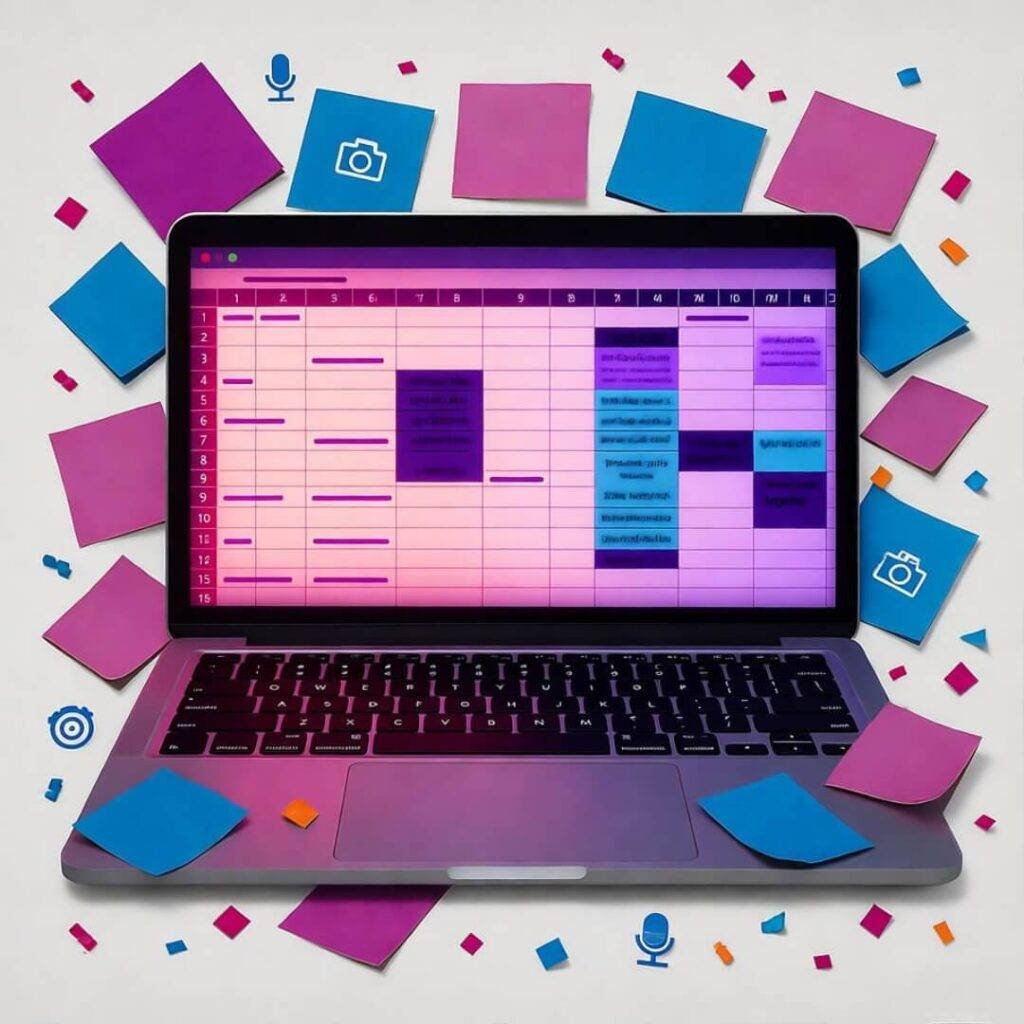Managing influencer campaigns is like juggling flaming torches while my phone’s blowing up and I’m out of snacks. I’m in my tiny Brooklyn apartment, radiator clanking like it’s possessed, air smelling like burnt bagel ‘cause I left it in the toaster too long—again. My desk’s a disaster, covered in LaCroix cans, a chewed-up pen, and my laptop’s got so many tabs open it’s basically screaming. I once DM’d an influencer “yo, you good?” when I meant to ask about a post—thought I was texting my buddy. Cringe. I’m no marketing guru, just a gal stumbling through influencer marketing, and I’m here to spill my messy stories and half-decent tips for not losing your shit. If you’re trying to manage influencer campaigns and feel like you’re one email from a breakdown, let’s talk. I’ve got scars, some laughs, and a few tricks I learned by screwing up.
Why Managing Influencer Campaigns Feels Like Herding Cats
I thought I’d be a natural at this. Read some stuff, like that Forbes article (here), figured it’s just emailing cool people with big followings. Big nope. First campaign, I’m pitching this organic tea brand to influencers with aesthetic feeds. One posts a pic with the tea can backwards, another ghosts me after I send $80 of product, and I typo’d an influencer’s name in an email—called her “Jess” instead of “Jessa.” She was pissed. My apartment smells like stress and stale coffee, with notifications dinging so much I wanna yeet my phone into the Hudson. Managing influencer campaigns is a circus, but I’ve picked up some ways to keep it from burning down.

Tips I Learned From Fumbling Influencer Campaigns
Here’s the real shit—my tips come from me fucking up, not some glossy guide. I’ve skimmed stuff like HubSpot (this one’s solid), but mine’s got my blood and tears. Here’s what keeps me from quitting:
- Spreadsheets Are My Lifeline: Used to think they were lame, now I’m married to mine. Tracks names, posts, payments, deadlines—color-coded like a toddler’s art project. I once sent the wrong brief to two influencers named Sophie, and it was a nightmare. Never again.
- Spell It Out Up Front: I send briefs with pics, hashtags, even “no dark vids, plz.” One influencer posted our product in a shadowy corner—learned my lesson. Let them add their vibe, though; nobody likes a control freak.
- Talk Like a Friend: Emojis, quick DMs, maybe a meme. Sent a GIF about deadlines once, and it got a flaky influencer to post. But I went too casual once, sounded like a wannabe TikToker, had to apologize.
- Budget for Oopsies: Influencers lose stuff, need reshoots, whatever. Didn’t plan for that once, and a $60 shipping fee fucked me up. Now I add like 15% extra, just in case.
These don’t fix it all. Sometimes an influencer just dips, and I’m eating chips at 2 a.m., but they help.
The Rollercoaster of Managing Influencer Campaigns
Managing influencer campaigns is a vibe and a half. When a post pops off—say, 10K likes—I’m hyped, dancing in my kitchen, spilling cereal everywhere. But when someone posts the wrong link or ghosts me? I’m stress-eating gummy worms, staring at my peeling wallpaper. Last week, I’m at this coffee shop in Bushwick—smells like overpriced lattes and hipster dreams—when an influencer DMs, “Oops, forgot to post, life’s wild.” I nearly chucked my cold brew at a fern. I love the creative buzz, connecting with influencers, but the chaos makes me wanna crawl into bed and stay there. I’m learning to laugh it off—better than crying in a cafe, which, yeah, I did once.

Tools That Keep Me From Ditching This Gig
I’m not techy, but some tools save my ass. Later (later.com) for scheduling—caught a typo once before it went live, thank fuck. Trello (trello.com) for organizing; my board’s called “Don’t Cry Today,” which is a mood. Canva (canva.com) for quick graphics when an influencer’s like, “Need a Story now!” I fucked up Trello once by overloading it, but these cut the chaos. Google Calendar’s my quiet MVP—missed a deadline once, felt like the end of the world.
Alright, Let’s Wrap This Shitshow
Managing influencer campaigns is like juggling knives while crying and hoping for the best. My apartment’s a wreck—sticky notes falling off, LaCroix cans everywhere—but I’m still here, fucking up and figuring it out. Laugh at the chaos, learn from the mess, keep going. I’m no pro, just a hot mess surviving. Got a wild influencer story? Drop it below—I need to know I’m not the only one. Or try the spreadsheet; it’s not cute, but it works.













































